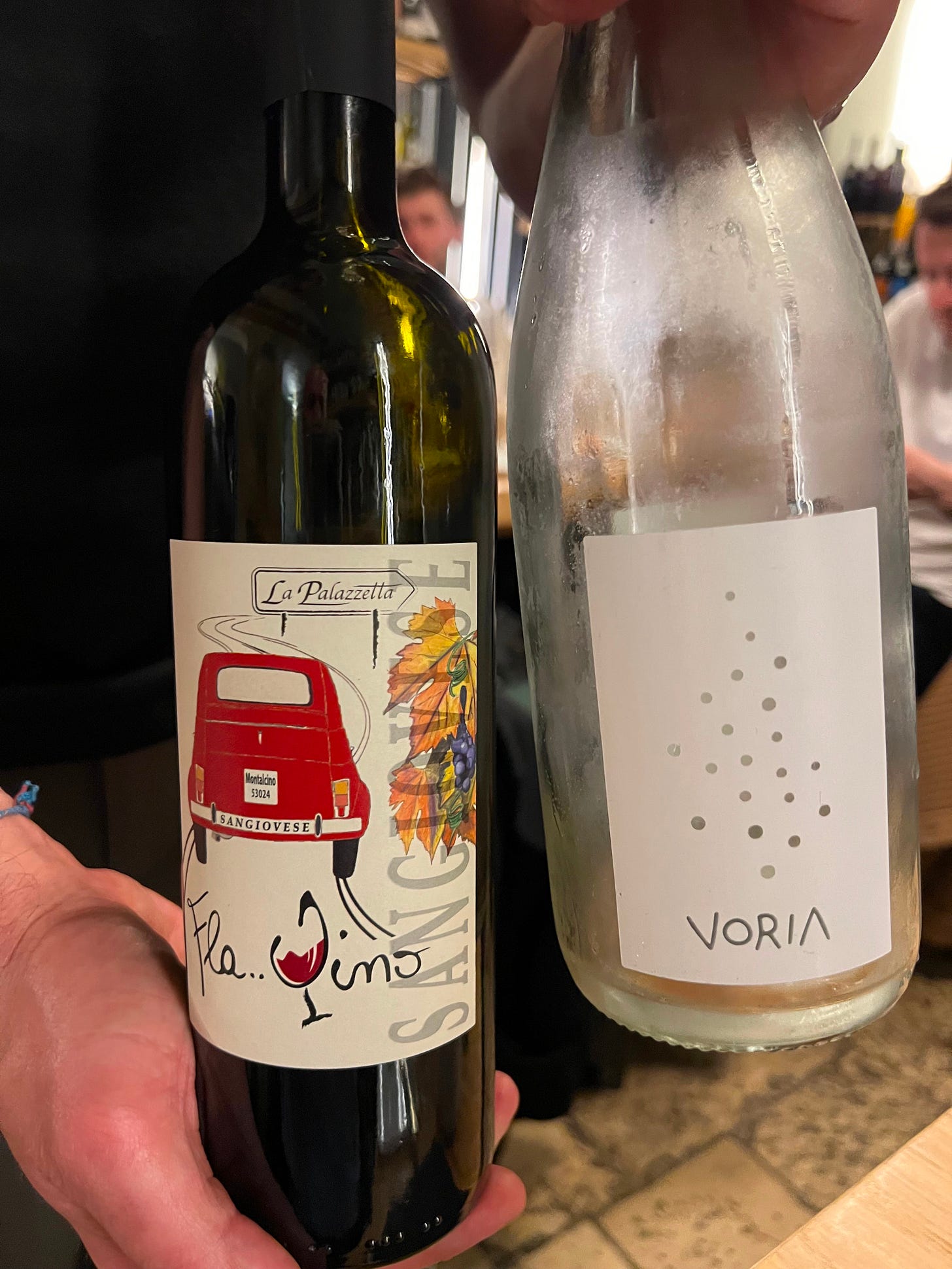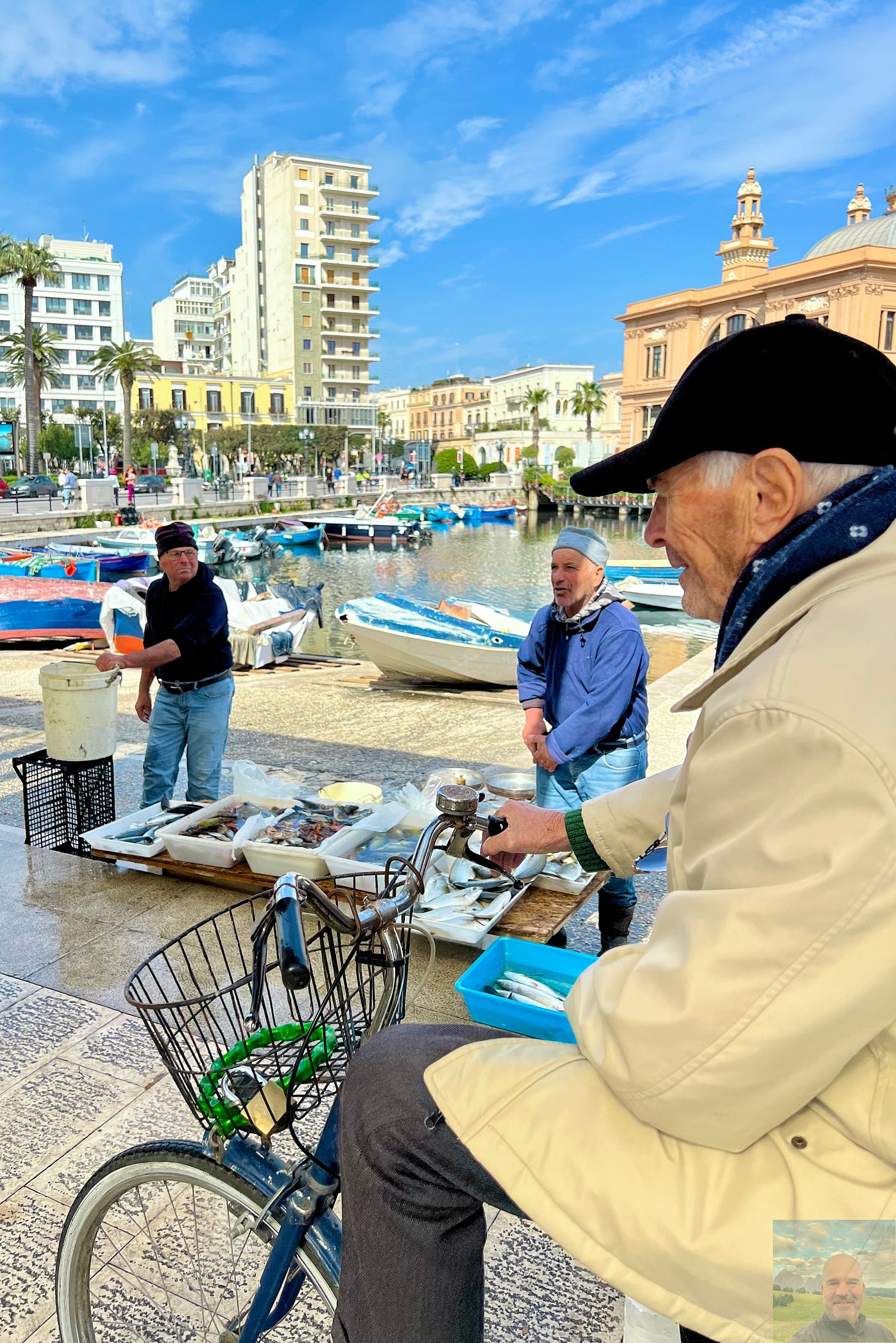No Wine List? No Way
The latest restaurant trend that’s making wine even harder to order
A recent article from Wine Enthusiast, Not Having a Written Wine List Is Trendy—and a Bad Idea by John Sumners is timely insofar as the role of wine is evolving (perhaps devolving) in restaurants.
Wine in restaurants is competing with craft cocktails, low ABV, general temperance, healthy lifestyles and thus slipping in sales. So the trend in places like New York, Chicago, Lisbon and Paris is to completely get rid of a written list and let front-of-house staff advocate for the wine verbally. I tend to agree with Sumners — this is not a great idea for most wine drinkers or restaurants.
No List for You!
For a little background, the “no-list” trend isn’t an unwritten, secret list that only the Somm knows about. There is no written list at the restaurant given to guests. No blackboard with the daily wine specials or BTG choices either. The only visual display, in some but not all cases, are physical bottles of wine on the bar or shelving. Nothing written down. The staff shares the wine list verbally with those interested in wine. The thought is that a personal touch, the interaction and advocacy of the wine professional with the guest will create greater satisfaction in the wine selection and drinking experience.
I have been to a wine bar/restaurant that didn’t have a printed list, Mostofiore in Bari, Italy. Bari is the biggest city in Puglia. At Mostofiore there were well over 400 wines spread across 3 walls plus. Unless I was planning on ordering a bottle, which I could select myself, I was going to have to interact with the staff to see what was available BTG, there was no other option to browse open bottles.
I’ll go on record to state the no written wine list trend in most American restaurants is a bit silly at best and a wine killer at worst. For the typical consumer, it would be better to have a short list printed with 20 selections, rather than a verbal-only list.
It’s ironic, there’s a printed food menu with prices at nearly every restaurant in America, save for a few posh Michelin spots on the coasts. It was easy enough to look up Mostofiore’s food menu online half a world away, but no wine list. The only list that is available is the row after row of wine on the shelves, but you have to physically be there to “read’“ it.
The new game show: “Guess That Wine!”
Without a written list, ordering wine becomes an unwitting game show where you are the contestant and the rules are unclear.
Let’s play a round: I ask my server for a Cabernet Sauvignon from Dry Creek Valley as it makes me nostalgic for home.
“I’m sorry sir, we don’t have that. Can I offer you this Touriga from Portugal?”
What’s the natural follow-up question? Do I guess what else they might have? Do I explain why I wanted that specific wine? Is the Touriga similar in style or just similar in price? Perhaps I should have let the server start? By the Gods…I’ve just stumbled into the Minotaur’s Lair!
Here’s the thing — with a short written list, I could scan for alternatives in five seconds. Maybe I’d settle for a Vacqueyras, an Argentine Malbec, or a Rosso di Montalcino —all wine regions and styles that I personally enjoy. I’d see the prices, make my choice, and move on.
Instead, we’re playing Twenty Questions. If I’d asked for the Malbec first, would the Somm have suggested Right Bank Bordeaux? Tempranillo? Shiraz? Who knows what logic they’re using — price point, flavor profile, or just whatever they’re trying to move that night?
At least when I order a Negroni at any bar in the world, I know what I’m getting and the bartender knows what to make. But this wine guessing game? I’m already frustrated writing the scenario above and we haven’t talked about the couple at the next table waiting for their turn to play. How much time is being wasted in this Q&A format?
Caveats
All this said, there might be a couple ways this trend of no written list could anchor itself in certain select cities globally.
It pre-selects guests who are willing to subject themselves to the experience of having nothing but an open mind about what they are drinking. No preconceptions, no standard choices — just wine appreciation and a little knowledge to get wrapped up in the moment. I personally fall into this category. I’ll cut loose in Bari or Rome or Buenos Aires to let the Somm choose whatever they think might work with the meal.
Another, could be niche and maybe a longer-term play, albeit, a long-shot. This personal, one-on-one approach to selecting wines in a restaurant could grab younger demographics into the wine world with unique choices, beginning their journey in fine wine appreciation. The wine business could use some long-odds on a winner, if this is a path to that, even a narrow one, great.
But here’s the reality: just because something works in exceptional circumstances doesn’t mean it’s a good general practice. A wine curious twenty-something on a gap year in Bari, Paris, and Brussels or a wine enthusiast (like me) ready to surrender control might thrive with this verbal-only wine menu approach. But for the vast majority of diners trying to pair a wine with dinner on a Tuesday night? They need a written list and maybe some guidance from the restaurant, not a pop quiz. We’ll see how this trend of the verbal-only wine list carries on.
Post Script: Mostofiore wine bar in Bari was an enjoyable experience for us. The person on the floor did a great job of offering multiple wines for each course and was never at a loss to find a substitute for something we didn’t like. The wrinkle? He was one guy working a busy space of no less than 30 people at the high point. For sure I’d go back, just go back on American time…so 17:30.





All good points. I'm with you -- most of the time. I like being able to see the wines, vintages, the grapes (if it's a Super Tuscan is it predominantly Sangiovese or Cabernet?). As you stated, it makes it easier to go Plan B if your first choice isn't available. Plus, if have to look at a shelf, are the prices always visible? Often, a wine catches my eye on a wine list and then my eyes move to the right and see the price and I back off. That's more awkward if the price isn't visible.
Most of the time I come across the trend (I came across it twice in as many evenings in Milan) I found it frustrating.
But I do know of a few places around here (Rome) where it seems to work and all of them are wine stores that serve food. The bottles are on shelves all around and prices are very visible. It's a single room, and so it's possible to make a choice from most tables. They're organized by region, and within the region by producer. There's a modest markup to drink the bottle there, but that's clearly indicated.
Your post made me think about what makes it work in some places but not in most places. I haven't come up with an answer yet.